The authoritative British analytical institution RUSI (Royal United Institute for Defense Studies) published a text by several researchers – Ryder Finn, Brett Evans and Dr. Giangiseppe Pili, who analyzed in a historical context how Russia used artillery in the First and Second World Wars, during the war in Afghanistan (1979-1989) and during the “First War in Chechnya” (1995-1996).
This text will be available in full read at this link, we will briefly retell its content, and in the presentation we will rather follow the “functional approach”, that is, we will sort the historical examples as they were sorted by the researchers themselves “Improper and Proper Use of Artillery”.
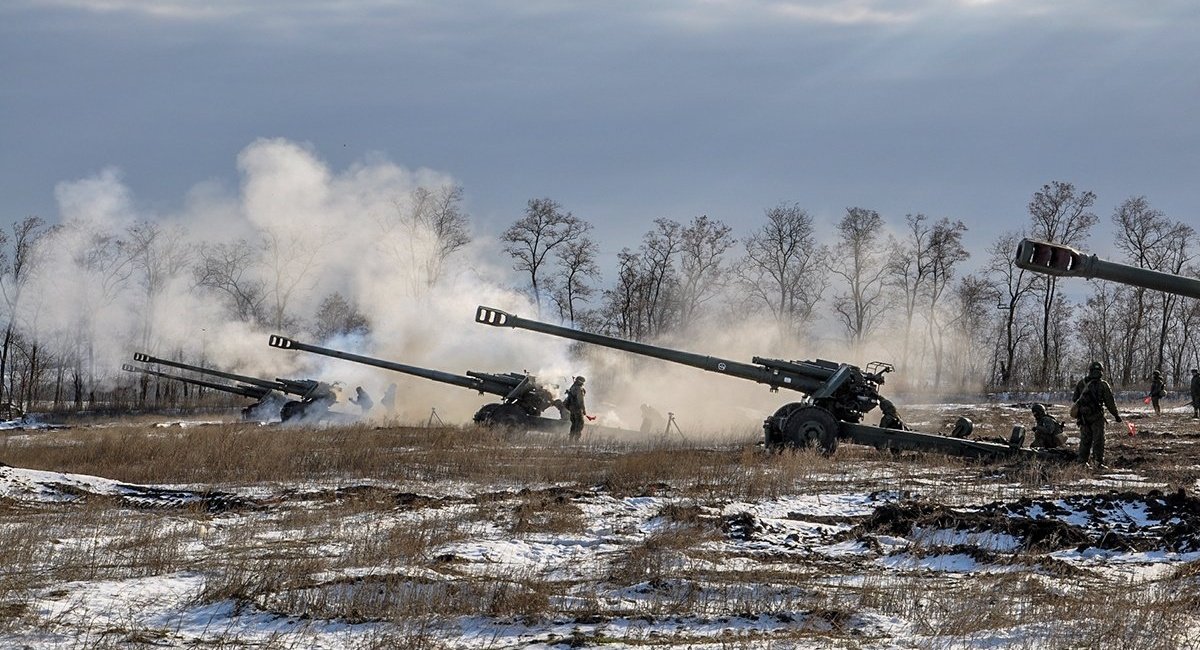
War in Afghanistan (1979-1989)
This historical example ended up in the segment of “improper use of artillery by the Russians” according to the following logic – the specifics of hostilities and terrain in Afghanistan excluded the possibility of accumulating a significant mass of troops in one area and conducting “frontal” hostilities, but even under such conditions, the Russians still switched to using the “artillery barrage”, which literally demolished settlements that were in the combat zone.
It is emphasized that by using the “artillery barrage”, the Russians in Afghanistan compensated for the problems with the tactical training of their troops.
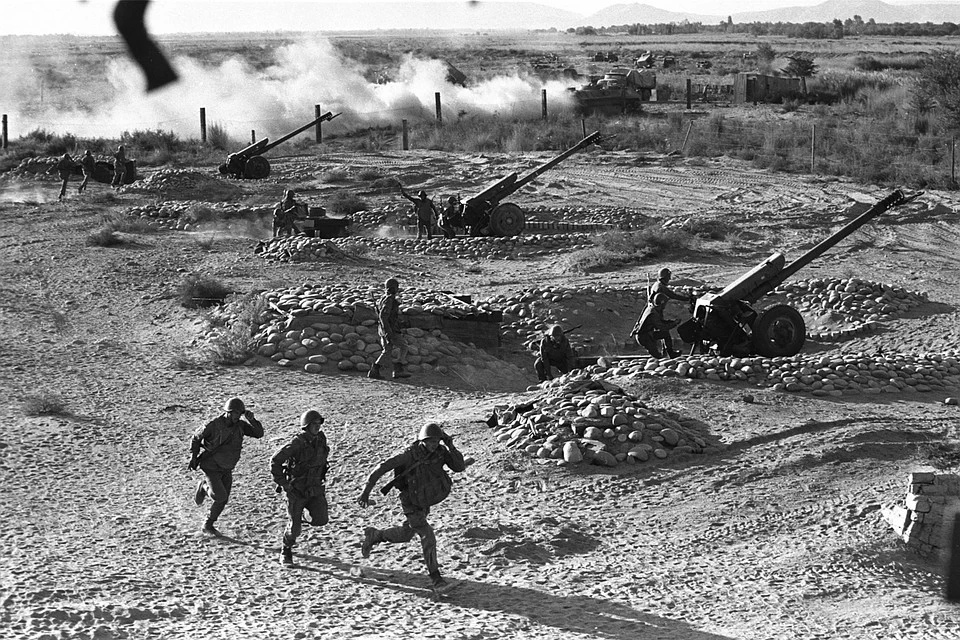
An illustration is also given that Soviet troops, in order to be able to use artillery support to protect logistics convoys, deliberately went to “clear” a zone of 300 meters on both sides of the most important roads.
“The First War in Chechnya” (1995-1996)
This historical example is also attributed to the segment of “improper use of artillery by the Russians”, but in this case, the bet on the “artillery rampart” compensated for the problems with operational art in the Russian army.
As we can recall, the initial plan of the Russian invasion of Chechnya provided for a bet on a rapid breakthrough of mechanized units, but this plan quickly collapsed at the first contact with Chechen fighters in an urbanized area.
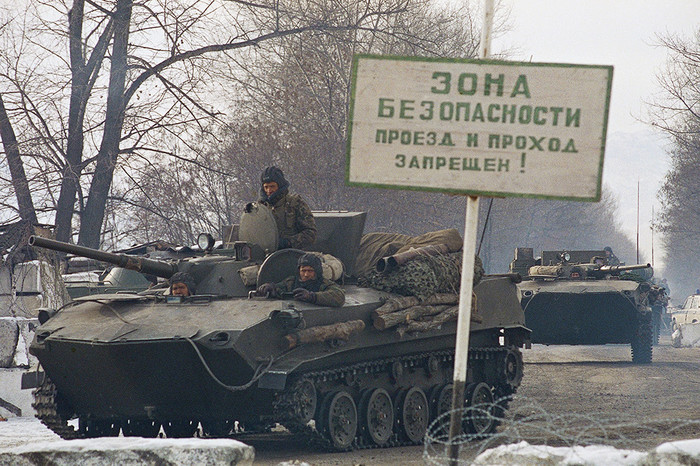
Against this background, the Russians “did not come up with anything better” than to start demolishing residential buildings “block by block”, which at the same time showed the failure of their one tactical idea – to use anti-aircraft artillery systems (ZAK), such as “Shilka” or “Tunguska” to cover tanks from grenade launchers on the upper floors of buildings, although it would seem that ZAK is optimally suited for such improvised use.
World War I
The researchers mentioned above attributed this historical example to the “proper use of artillery by the Russians.” In this case, we mean the “know-how” of Russian General Brusilov using “artillery training” to exhaust enemy troops and prevent them from concentrating in the direction of the main strike, involving aviation to adjust artillery firing and actively using mortars as a means of direct support of infantry on the battlefield.
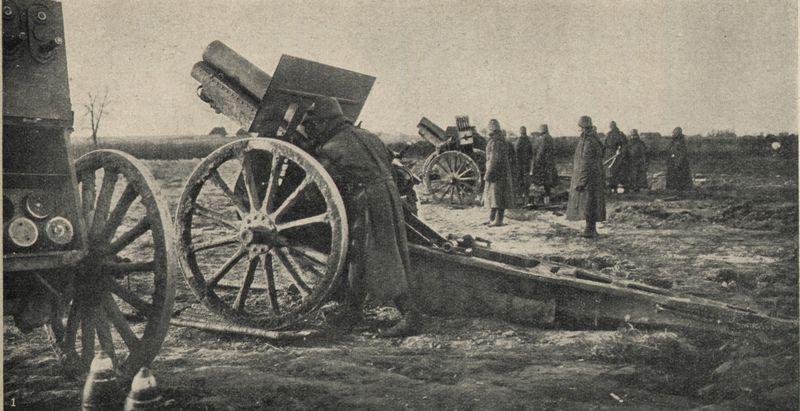
It makes direct sense to refer to such a historical example, because the Russian army, even in a full-scale war against Ukraine, still relies on the principles of the use of artillery formed during the First World War. But the nuance is that during the First World War, the bet on the “artillery barrage” for the Russians was a certain breakthrough in the operational art, which made it possible to overcome the “positional deadlock” to some extent.
World War II
This example in the publication on the RUSI website was also attributed to the segment of “proper use of artillery by the Russians”, but with the correction of the fact that the Soviet army during World War II turned out to be many times more intensity of the “artillery barrage” than the doctrinal documents in the pre-war period predicted.
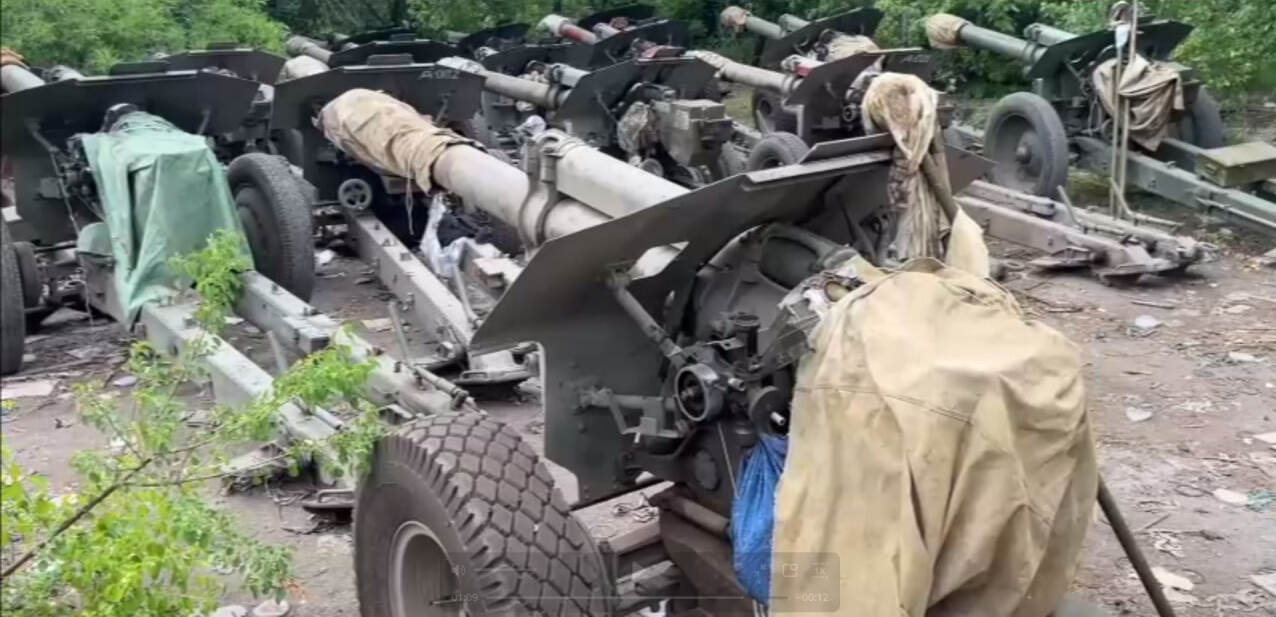
Before World War II, Soviet theorists relied mainly on the deployment of 57-mm and 76-mm anti-tank artillery, which should cover the infantry; At the same time, the density was supposed to be 75-100 artillery systems per 1 kilometer of the front. But in fact, at the final stage of WW2, the density indicator in the Soviet army was even 150-200 artillery systems per kilometer, in particular BM-13 “Ka” multiple launch rocket systemsTyusha”.
Conclusions
Here the block is formulated quite simply:
- In a war of any type, Russian troops show their dependence on the use of the “artillery rampart”;
- therefore, there is no reason to believe that Russia will abandon artillery as its “political god of war” to prepare for new wars.

